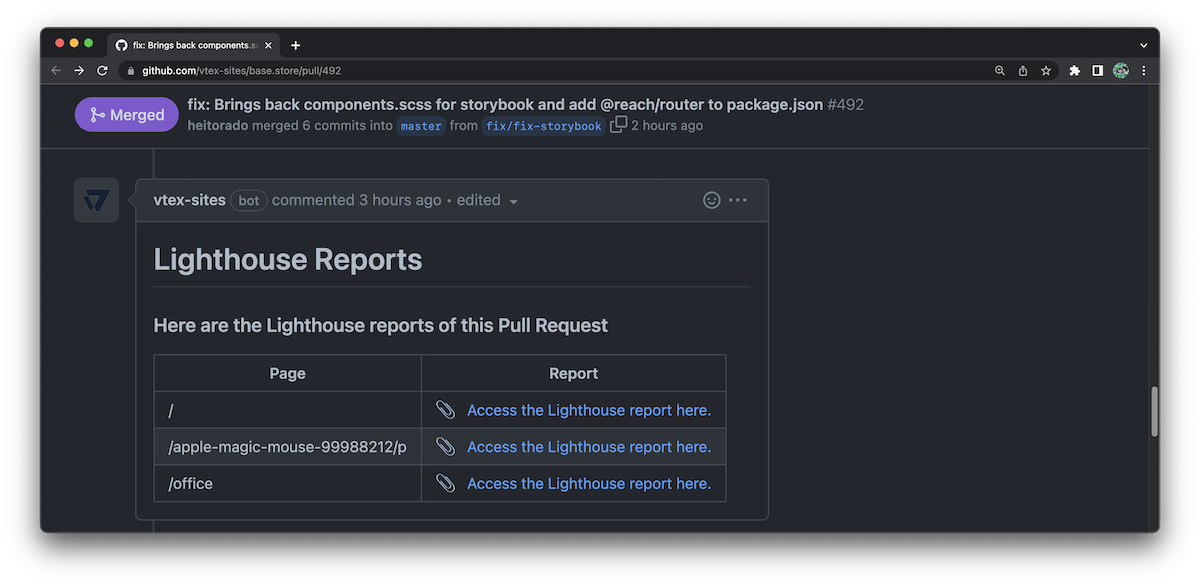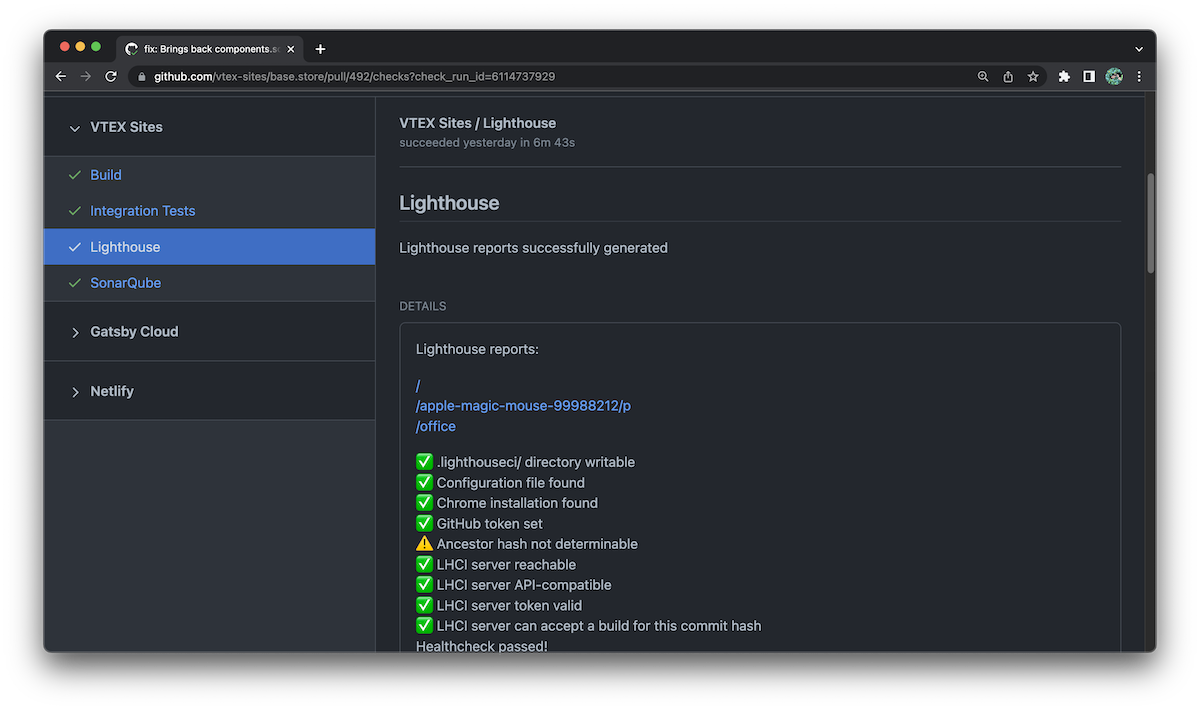The repository of the Base Store starter, which uses Gatsby, has changed. It is now gatsby.store.
Why did we make these changes?
This change is due to the launch of a Next.js base store starter. This new starter is identical to the existing one in every feature, except it uses Next.js instead of Gatsby. Because of this, there are now two base store starters, in the repositories nextjs.store and gatsby.store.
What needs to be done?
Whenever you need to access the Base Store repository, make sure you have the correct repository name and URL for the framework you are using:
- gatsby.store: former
basestore - nextjs.store: new starter

